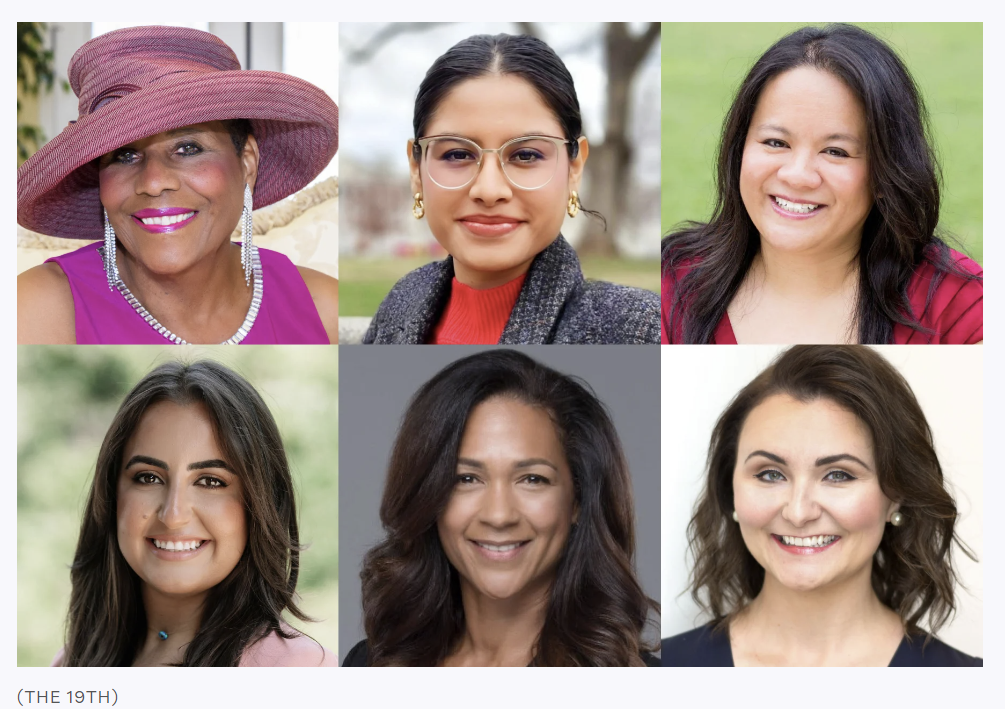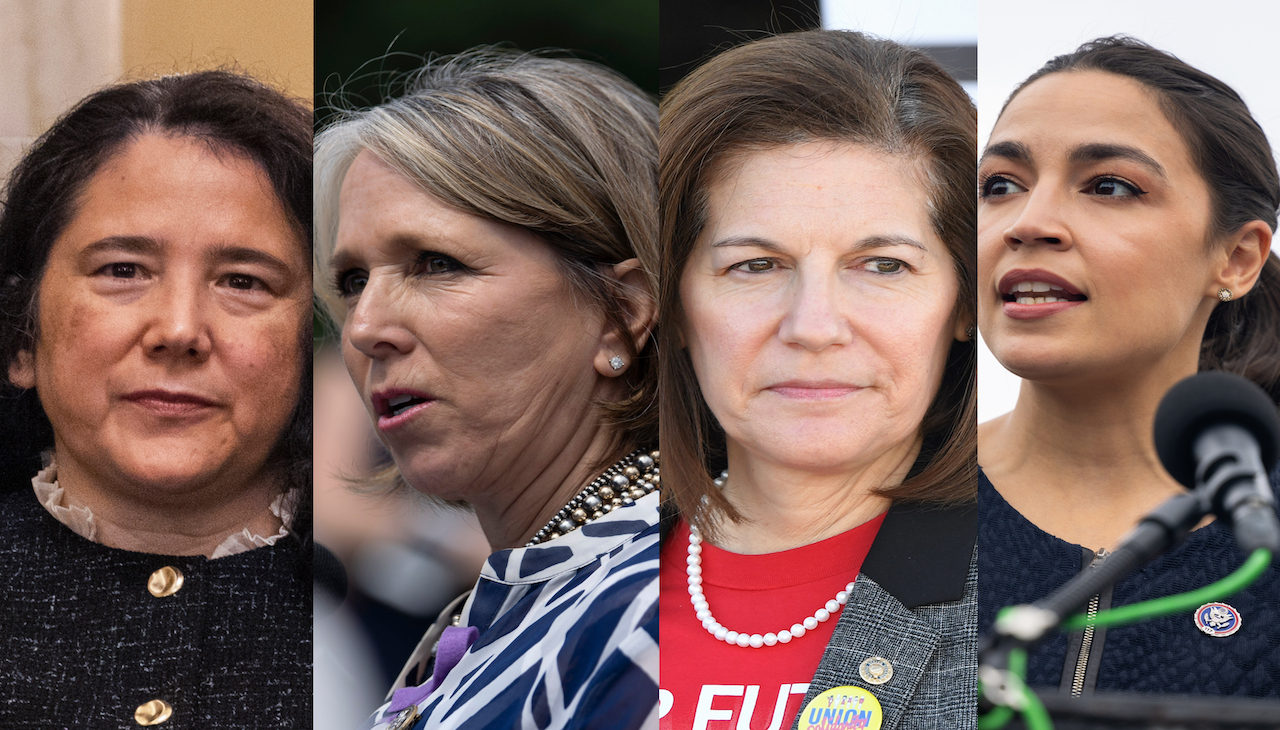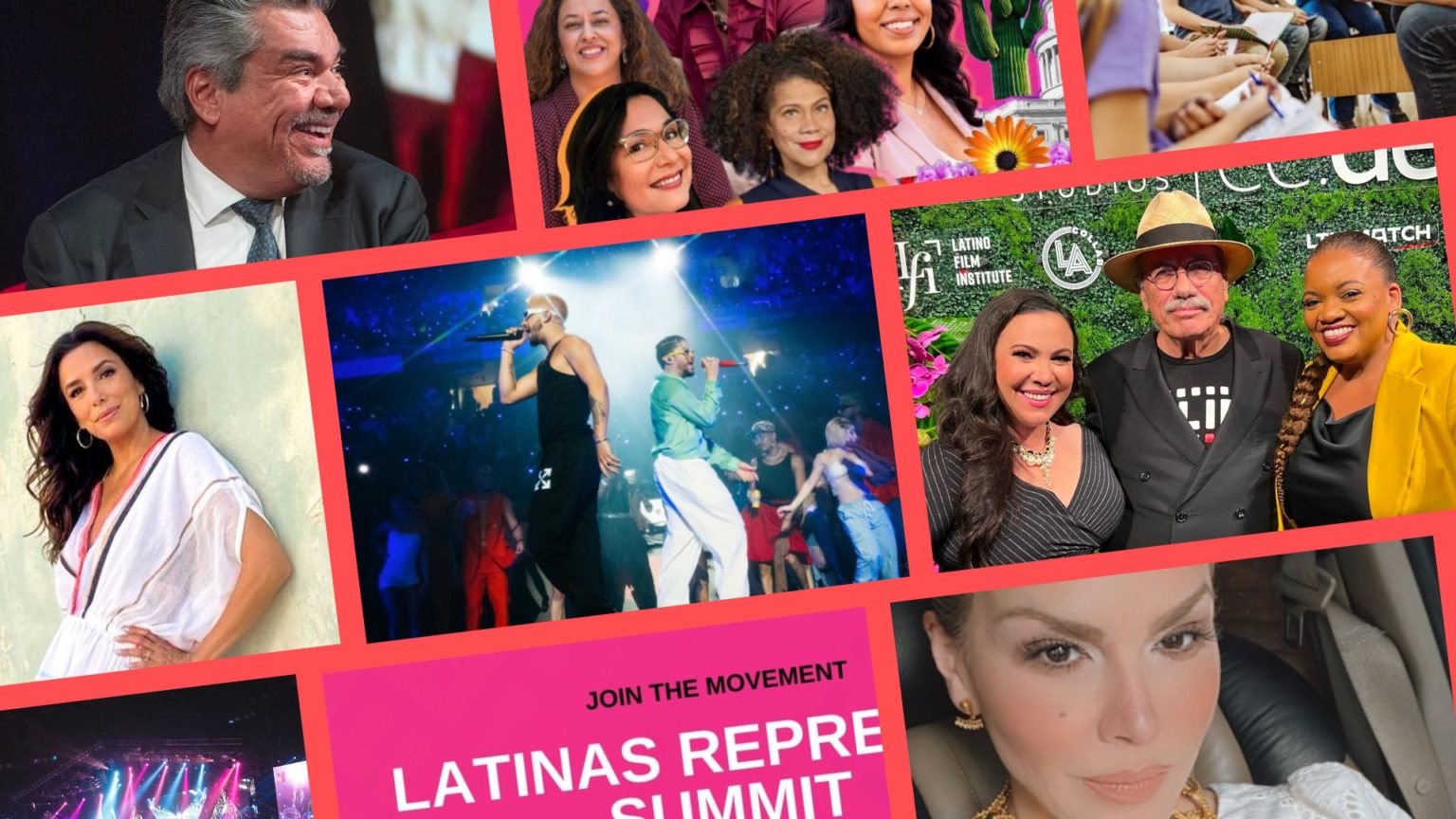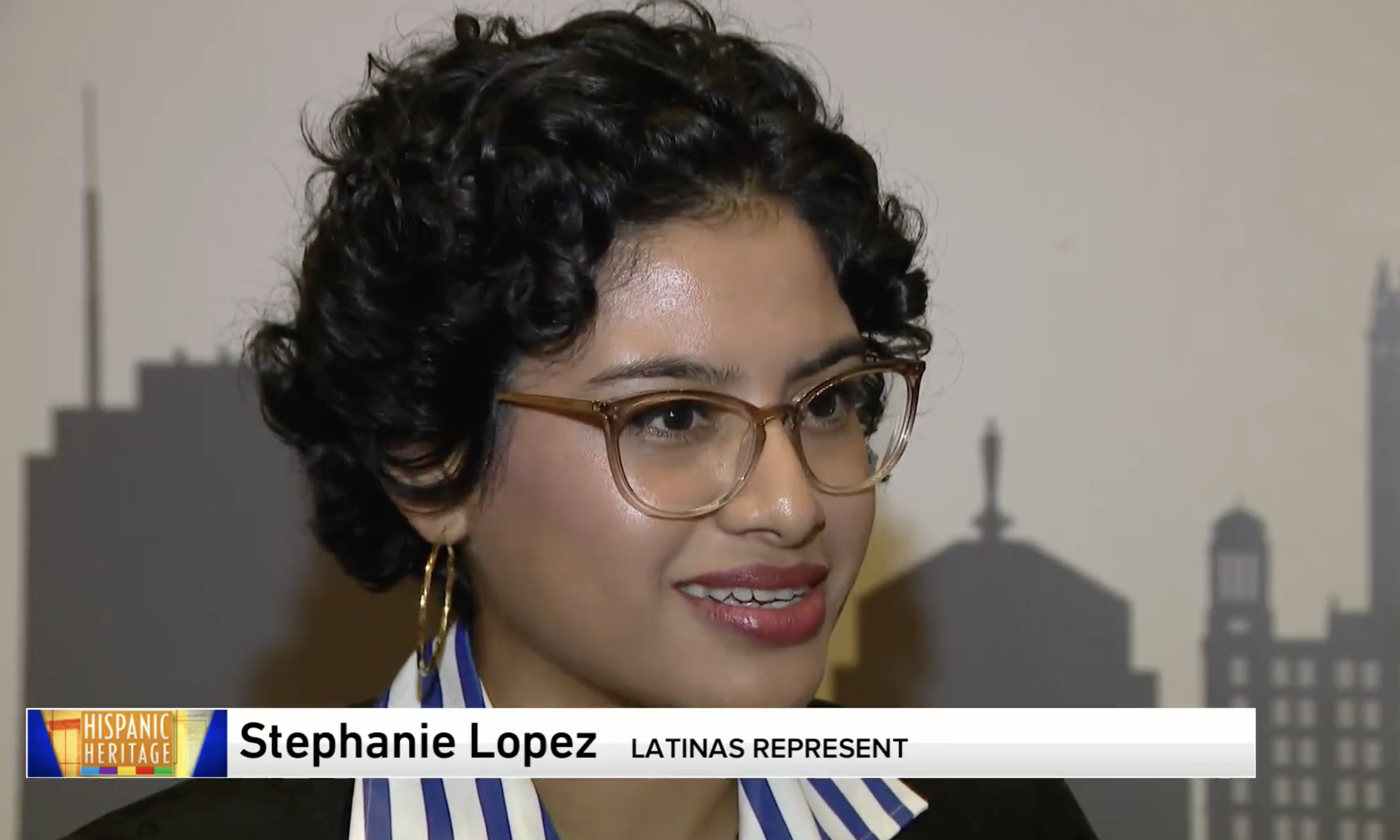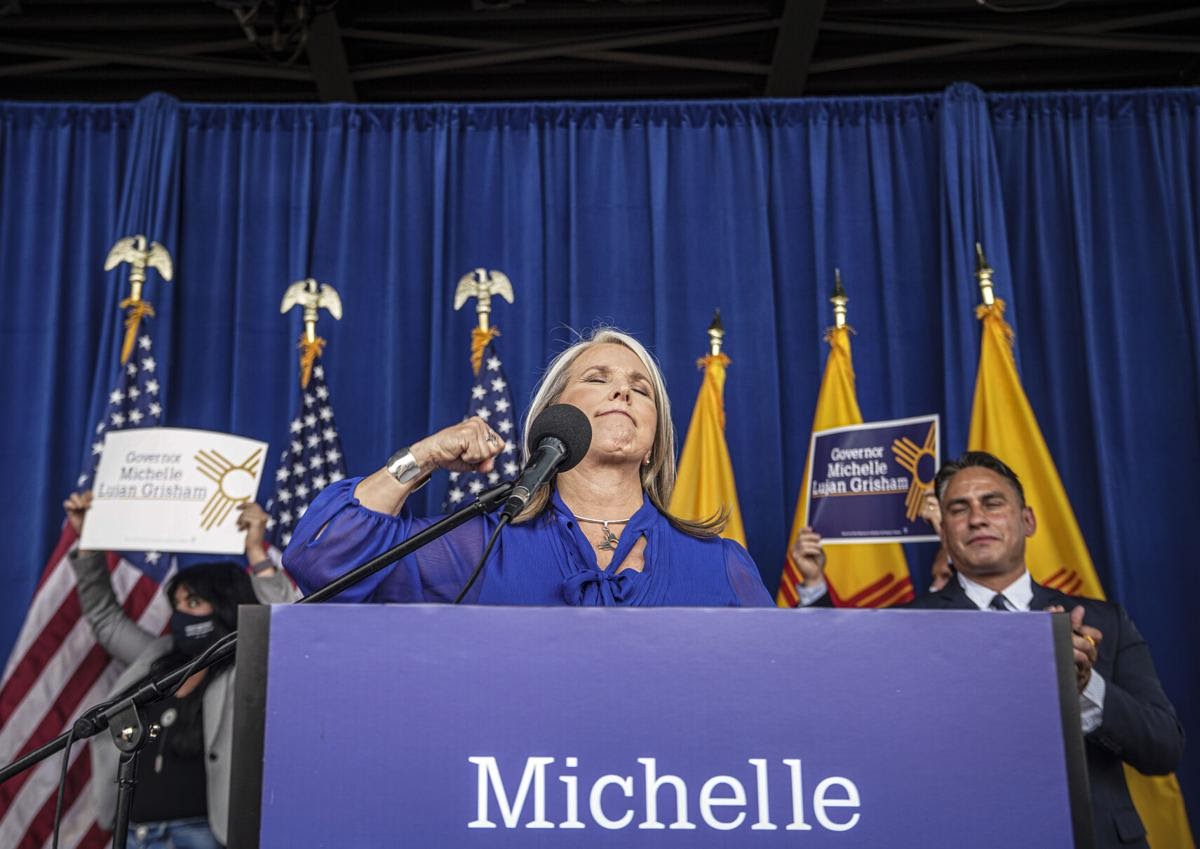Past Coverage
There are a record number of Latinas running for office, it’s still not enough
Latinas are serving in elected official positions across the U.S. in record numbers in 2022, but are still vastly underrepresented compared to their total population according to a new report from Latinas Represent in partnership with the Center for American Women and Politics (CAWP).
A slew of Latina candidates for Congress are looking to make history as ‘firsts’
The races are being run at a time when Latina political underrepresentation persists at all levels of public office, according to a new report from the Center for American Women and Politics and Latinas Represent released Wednesday. Despite making up about 9.3% of the U.S. population, Latinas make up less than 3% of officials elected to statewide executive offices, state legislatures and Congress.
BELatina’s Weekend Recap: Mora, Bad Bunny, Latinas Represent Summit, and More
Many incredible Latinas joined the Latinas Represent Summit on October 8th, a one-day virtual event where Latino culture, political identity, colorism, and more were discussed. Through this event, they were able to remind the world that there’s nothing like Latinas empowering other Latinas.
Keeping Score: Women Win Big in the Winter Olympics; State Legislatures Widen the Abortion Access Gap; Supreme Court Dilutes the Power of Black Voters in Alabama
“There are these classist, racist and sexist ideas of who can and should be a leader in this country,” said LatinasRepresent program director Stephanie Lopez. “And women of color have the additional burden of tackling those three issues head on. I think the media does play a significant role in the narratives that are created around these particular individuals.”
The U.S. Is Long Overdue for “Madam President’s Day”: Weekend Reading on Women’s Representation
According to Encyclopedia Britannica, about 70 of the world’s 193 countries have had a female head of state. Interestingly, the United States is one of a handful of the world’s most populous countries (others include China, Russia, Nigeria and Mexico) that have never elected a woman leader. While there are many reasons that a woman hasn’t been elected president in the U.S., it’s clear that there are many binders brimming with women who are more than qualified.
Latinas Are Running for Governor Like Never Before
At least 1,000 men have been governors throughout U.S. history; only 45 women have been. New Mexico has elected the only two Latina governors, Lujan Grisham and Republican Susan Martinez. Republican Nikki Haley of South Carolina is the only other woman of color to be elected governor. There have never been more than nine female governors at any given time, and there have never been more than two women of color governing at the same time. The time is now.
